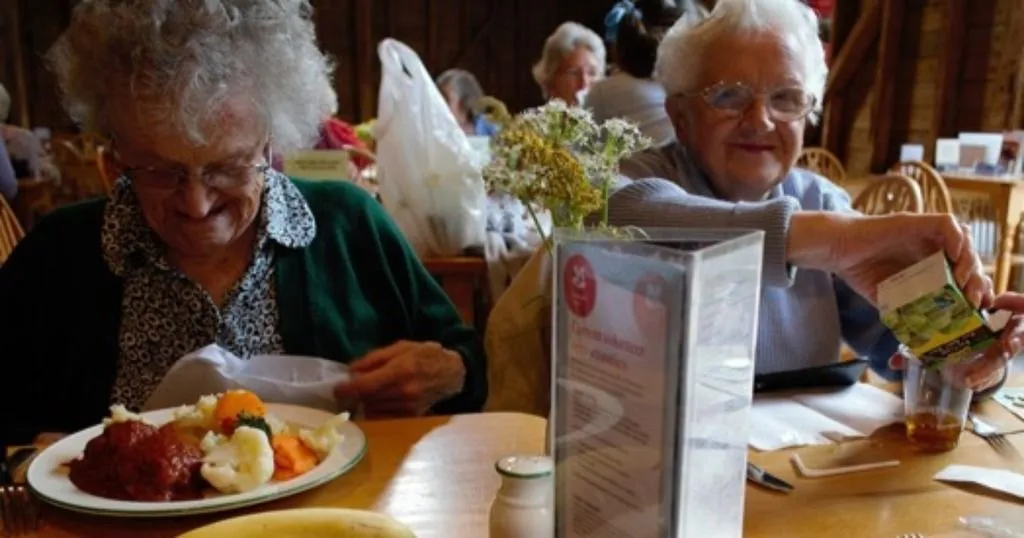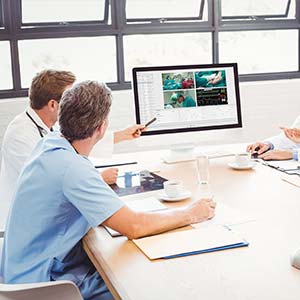Three examples of nurse-patient interaction research
The use of video technology in nurse-patient interaction research offers important advantages to scientists in unraveling complex behavior patterns. Learn more!
Posted by
Published on
Tue 21 Mar. 2017
Topics
| Coding Behavior | Coding Schemes | Doctor-patient Interaction | Education | Health Effects | Healthcare | MediaRecorder | Medical Encounter | Medical Simulation | Nursing | The Observer XT | Viso |

Behavioral observation has become a fundamental component of medical practice and a primary source of clinical research data. The use of video technology in nurse-patient interaction research offers important advantages to scientists in unraveling complex behavior patterns and finding relationships between behaviors, nutrition, effectiveness of interventions, and more.
As Kim Kopenhaver Haidet explains: “Video recordings of behavioral responses are preferable as they afford the rater with the ability to freeze frame and replay data for review and coding of behavior, thus, enhancing reliability".
Read three interesting studies in which nurse-patient interaction was recorded on video.
1) Nutrition in nursing homes
Proper eating behavior can greatly affect patient health. A healthy diet is particularly important for nursing home residents. In a blog post, Jacqueline Martinali wrote about mealtime difficulties in nursing homes.
Reducing mealtime difficulties may result in better eating, which in turn could lead to better nutrition and healthier patients. Researcher Andrea Gilmore-Bykovskyi observed the interaction between residents and their caregivers during breakfast or lunchtime (with an average of two video observations per resident).
A good research method for this target group is video observations. They allow the researcher to note behavior in detail, and review the videos as needed, including from multiple angles. Using video, no behaviors are overlooked by the researcher, as both video and audio signals can be visualized together and can be repeatedly analyzed to capture every desired behavior in great detail. Viso and Media Recorder are tools that allow for video recording in one or multiple rooms.
Learn more about the study of Andrea Gilmore-Bykovskyi by reading the full blog post.
2) Adapting the message in nurse-patient consultations
Communicating at the proper level is important, but to effectively do so, the professional needs to know the communication level of the patient. Is a patient more likely to receive, understand, and process certain messages at the beginning, or at the end of an intervention program? To find out how this communication process works, Janneke Noordman and colleagues analyzed a large number of practicing nurse-patient consultations.
Noordman and colleagues were particularly interested in if and how nurses adapt their motivational interviewing techniques to the patient’s readiness to change. To assess nurse behavior, they positioned a camera in the consultation room which enabled them to unobtrusively record each interaction.
3) Implementing Tailored Activity Programs in a hospital
Researchers would like to find a way to increase positive behaviors of patients with dementia. In one study, Laura Gitlin and colleagues studied the feasibility of implementing a tailored activity program in hospitals. They observed both the reactions of the staff and the patients to the activity program.
Patients were given three activity “prescriptions” and a schedule for when these activities were to be performed. These activities varied depending on the level of cognitive functioning for the patient. The first video recordings were of the patients within three days of admission prior to the occupational therapist’s activity prescriptions as a baseline. Then patients were also observed in up to six of the activity sessions.
Results were encouraging, with observed increases in pleasure and decreases in anxiety and anger compared to the baseline results. Many of the families, contacted a month after discharge, were highly satisfied with the program: over 50% of the total activities prescribed were continued in the home. Looking at the hospital staff, while they were hesitant at first to engage in the program, by the end of the study they had embraced it as beneficial to the patients.
Learn more by reading the full blog post!
Subscribe to our newsletter
Do you find this blog interesting to read? Do you want to learn more about behavioral research tools and methods? Get regular updates on behavioral research methods, exciting research, video technology, conferences, and more. Click here to subscribe!
Related Posts

The use of humor during doctor-patient interactions

Simulation-based training – it’s just like the real thing!

